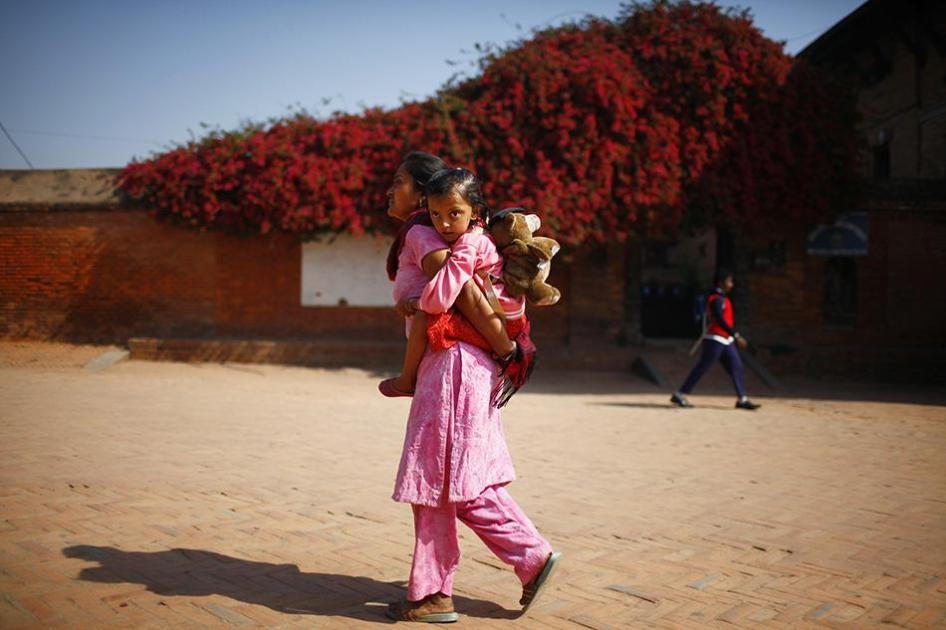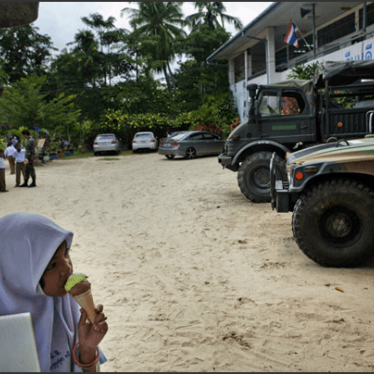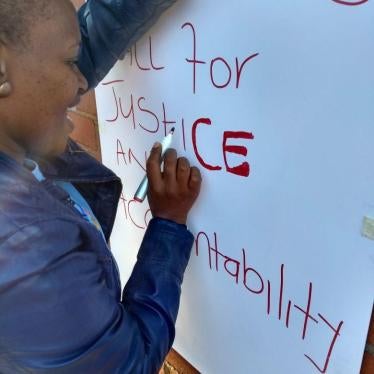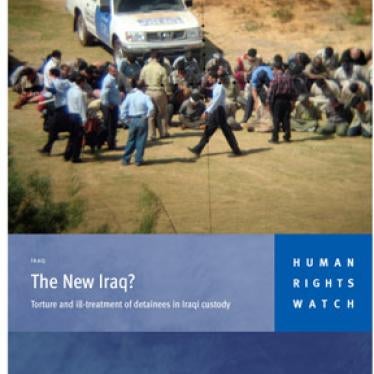According to a recent UNICEF report, nearly half of all preschoolers - more than 175 million children worldwide - are not enrolled in a pre-primary education program. In low-income countries only one in five children attend such a program. And in 64 countries, UNICEF found that the poorest children are seven times less likely to attend a pre-primary program than those from the wealthiest families.
This is significant because the United Nation’s Sustainable Development Goal No. 4.2 is that all children have access to quality early childhood development and pre-primary education by 2030.
Pre-primary education is important for a child’s development and readiness for primary education, because 90 percent of the brain is developed by age five, making those early years instrumental. Children who attend a pre-primary program show better cognitive skills in reading, science, and mathematics. Just one year of compulsory pre-primary education is associated with a 10 percentage point increase in primary school graduation rates.
Some countries are taking great strides to meet the UN’s 2030 target. A good example is Nepal, which increased pre-primary enrollment from 12 to 87 percent between 2000 and 2017. UNICEF reports that Ethiopia raised it from two percent in 2000 to 45 percent just 17 years later. But both Nepal’s and Ethiopia’s pre-primary programs have flaws: they lack funding, schools are understaffed, teachers are undertrained, and richer families have much easier access than poorer ones.
While Thailand’s enrollment rise - from 60 percent in 2006 to 84 percent in 2012 - is more modest, it has upped enrollment without excluding the country’s impoverished. Of the poorest quintile, 86 percent are enrolled in a pre-primary program, beating 84 percent for the richest quintile.
Thailand has achieved this by increasing funding for pre-primary education from under US$100-million a year in the mid-1990s to more than US$1-billion in 2013. Authorities expanded free education to 14 years by adding two years of pre-primary education. Thailand also put an emphasis on teacher training.
But even Thailand is not perfect. Children with disabilities and ethnic minorities are enrolled at much lower rates throughout the education system. Preschool education should give all children equal opportunities, not reinforce inequalities.
Every country can take inspiration from Thailand, Nepal, and Ethiopia as they push to meet the goal of giving every child in the world the vital early childhood development they deserve.









